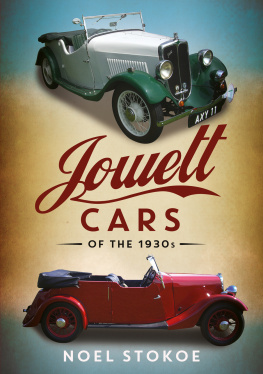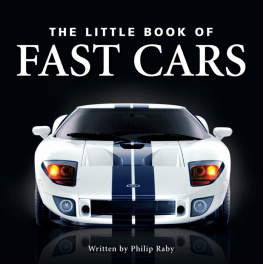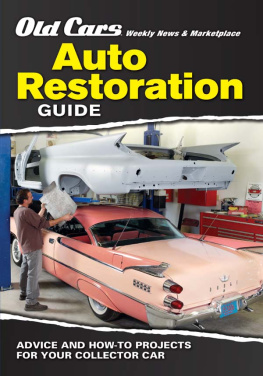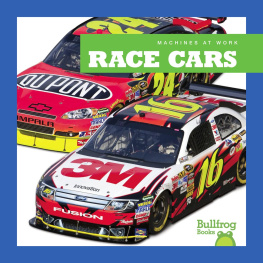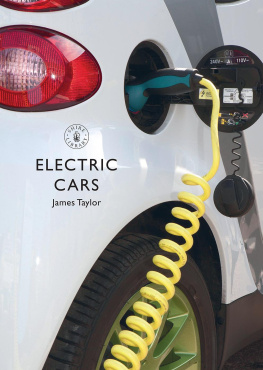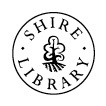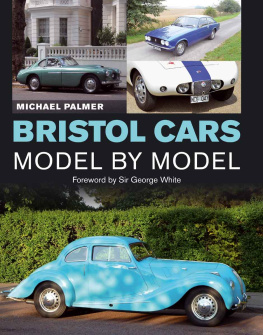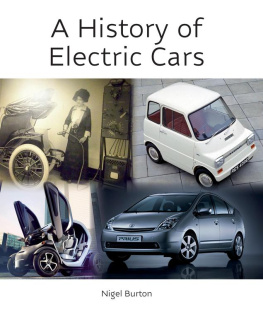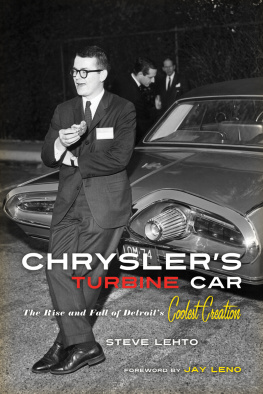Contents
Pagebreaks of the print version

Fonthill Media Language Policy
Fonthill Media publishes in the international English language market. One language edition is published worldwide. As there are minor differences in spelling and presentation, especially with regard to American English and British English, a policy is necessary to define which form of English to use. The Fonthill Policy is to use the form of English native to the author. Noel Stokoe was born and educated in York; therefore British English has been adopted in this publication.
Fonthill Media Limited
Fonthill Media LLC
www.fonthillmedia.com
First published in the United Kingdom and the United States of America 2017
British Library Cataloguing in Publication Data:
A catalogue record for this book is available from the British Library
Copyright Noel Stokoe 2017
ISBN 978-1-78155-576-7
The right of Noel Stokoe to be identified as the author of this work has been asserted by him in accordance with the Copyright, Designs and Patents Act 1988.
All rights reserved. No part of this publication may be reproduced, stored in a retrieval system or transmitted in any form or by any means, electronic, mechanical, photocopying, recording or otherwise, without prior permission in writing from Fonthill Media Limited
Typeset in Minion Pro 10pt on 13pt
Printed and bound in England
Acknowledgements
A ll photos, unless otherwise stated, are from the authors collection. I should like to take this opportunity to thank my wife, Jane, for her continued support in respect of all my literary efforts relating to Jowett carsit is greatly appreciated. I would also like to thank my children, Jonathan, Jessica, and Ben, who have grown up with Jowetts over the last thirty-two years, and also my son-in-law Liam, who has supported me in all things motoring. Also to my grandchildren, Luke, Daisy, Oliver, Alexander, Jack, and Thomasall Jowett Juniors whom I hope will take up the Jowett cause in the future. Last, but not least, to my many friends within the Jowett Car Club and also locally, who have helped considerably in keeping my Jowetts on the road.
Introduction
T he Jowett brothersWilliam and Ben of Bradford, West Yorkshireleft home in 1901 with their sister, Ruth, and set up their own business, The Jowett Engineering Company. They each put 30 into the business. Soon after, Ruth sold her share for 60 to Arthur Lamb. They originally repaired other cars engines, such as Aster and De Dion, but experimented with their own engines at the same time. The most satisfactory design they came up with was a twin-cylinder horizontally-opposed 6.4-hp unit. This was put into their first car in 1906, which they tested for four years before going into car production in 1910. By 1916, forty-eight cars had been built; the factory then switched to munitions work during the First World War. Car production resumed in 1920, and sales went from strength to strength.
The 1930s proved to be a much more difficult time for Jowett. A devastating fire in 1930 destroyed the factory and almost the entire stock of new cars. The brothers then had to make a decision as to whether or not they should rebuild the factory and start car manufacture again. Luckily, they did, with many interesting models produced during this decade.
All Jowett cars and light commercials produced from the first car in 1906 were powered by the famous flat-twin engine known as the little engine with the big pull. In 1935, the range was expanded to include a four-cylinder horizontally-opposed engine. The new engine was a great success, but the two new models that used it, the Jason (deluxe) and Jupiter (standard) were not, as they were regarded as too futuristic for the mainly Yorkshire folk who still bought a very large proportion of Jowett cars.
More details of this expensive exercise appear later in the book, but soon after, two new models that were much more conservative in appearance followedthe 8-hp using the twin-cylinder engine, and the 10-hp using the four-cylinder engine. These two engines were used in these models until the Second World War, when once again, the factory moved over to munitions work.
Period photos, articles, and sales booklets, plus some of my collection of photographs of as many of the surviving models as possible appear in this basic history of this decade of production. I have wanted to write this book for some time, as very little has been published about pre-war Jowetts; most titles tend to cover the post-war period, featuring the Javelin and Jupiter models. The exception to this was the Bradford van, which was introduced in 1946 and was basically a re-vamped 1938 8-hp commercial; this, ironically, turned out to be Jowetts largest seller, but that is another story.
Noel Stokoe
May 2017

